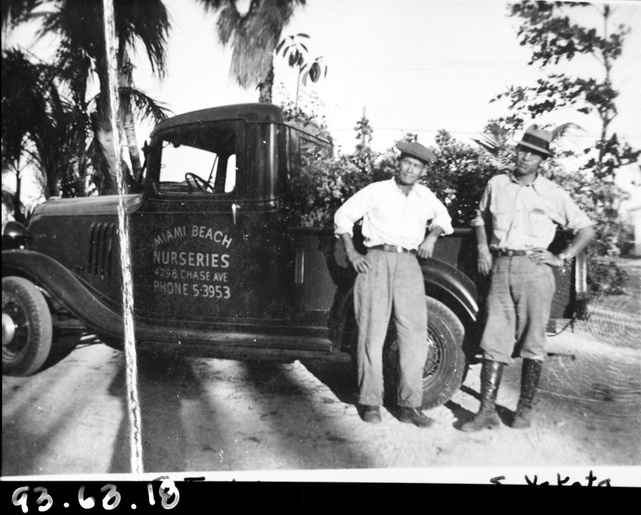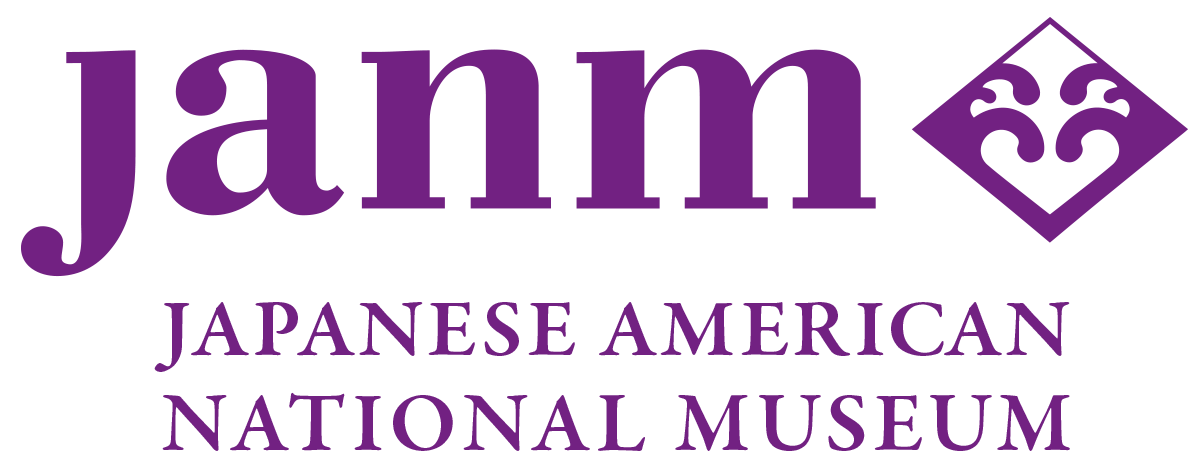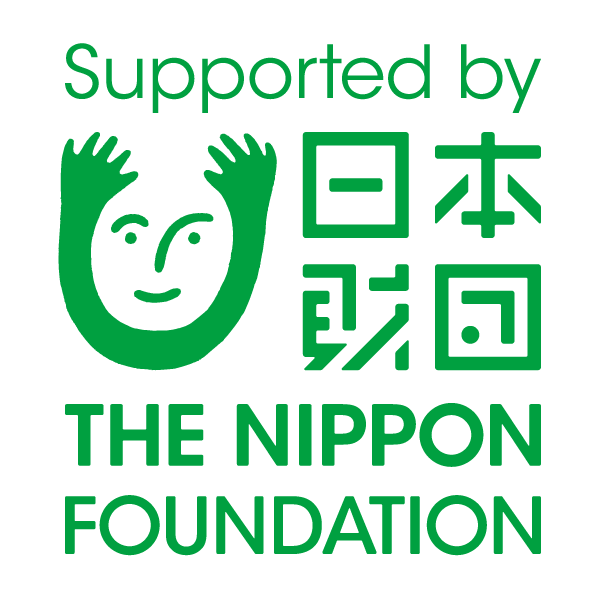Landscaping America: Beyond the Japanese Garden - Timeline

|
||
| Licensing | ||
This collection presents the timeline from the Landscaping America: Beyond the Japanese Garden exhibition at the Japanese American National Museum from June 17 through October 21, 2007. In addition to the timeline dates, it also includes some selected stories from the exhibition.
---------------------
Through the seasons, gardens grow and change. Those who create or care for them participate in a cycle of work that requires time, patience, and flexibility.
Gardens also transform as a consequence of social and cultural shifts. And over the past century, national and international events have affected Japanese American involvement in gardens and gardening.
Throughout this time, Japanese Americans have contributed to and benefited from the popularization of Japanese-style gardens. They worked on the ones at virtually all of America’s international expositions, and they built some of the earliest public and private Japanese-style gardens in this country.
Their participation in maintenance gardening as a vocation—which was strongly associated with them by the 1920s—leveraged the stereotype associating Japanese heritage with artistic and horticultural skills. More important, gardening provided a means for social and economic survival during a period when racial discrimination prevented Japanese immigrants from purchasing land and entering other professions.
This timeline reflects the legacy of Japanese Americans who have designed, built, and maintained gardens. The selected stories reveal how they diversified America’s cultural and physical landscapes and supported their communities through many changing seasons.
---------------------
To learn more about Landscaping America, please visit the exhibition Web site.
Copyright is held by the Japanese American National Museum. Short-term educational use with limited circulation is permitted. For all other uses, please contact the Hirasaki National Resource Center at the Japanese American National Museum (hnrc@janm.org)











 eishida
eishida
 UCLA Nikkei Student Union Culture Night 2008
UCLA Nikkei Student Union Culture Night 2008 The Sculpture of Ruth Asawa: Contours in the Air - Audio Tour
The Sculpture of Ruth Asawa: Contours in the Air - Audio Tour Wakatay Restaurant-Peruvian Nikkei Cuisine
Wakatay Restaurant-Peruvian Nikkei Cuisine 2007 Gardena Buddhist Church Obon
2007 Gardena Buddhist Church Obon Frank Kikuchi
Frank Kikuchi Hisako Hibi
Hisako Hibi San Jose Taiko and CAVA - 1st and Central Summer Concerts 2007
San Jose Taiko and CAVA - 1st and Central Summer Concerts 2007 2007 Higashi Honganji Buddhist Temple Obon
2007 Higashi Honganji Buddhist Temple Obon Landscaping America: Beyond the Japanese Garden - Timeline
Landscaping America: Beyond the Japanese Garden - Timeline Jack Iwata Collection
Jack Iwata Collection
 Journal feed
Journal feed
